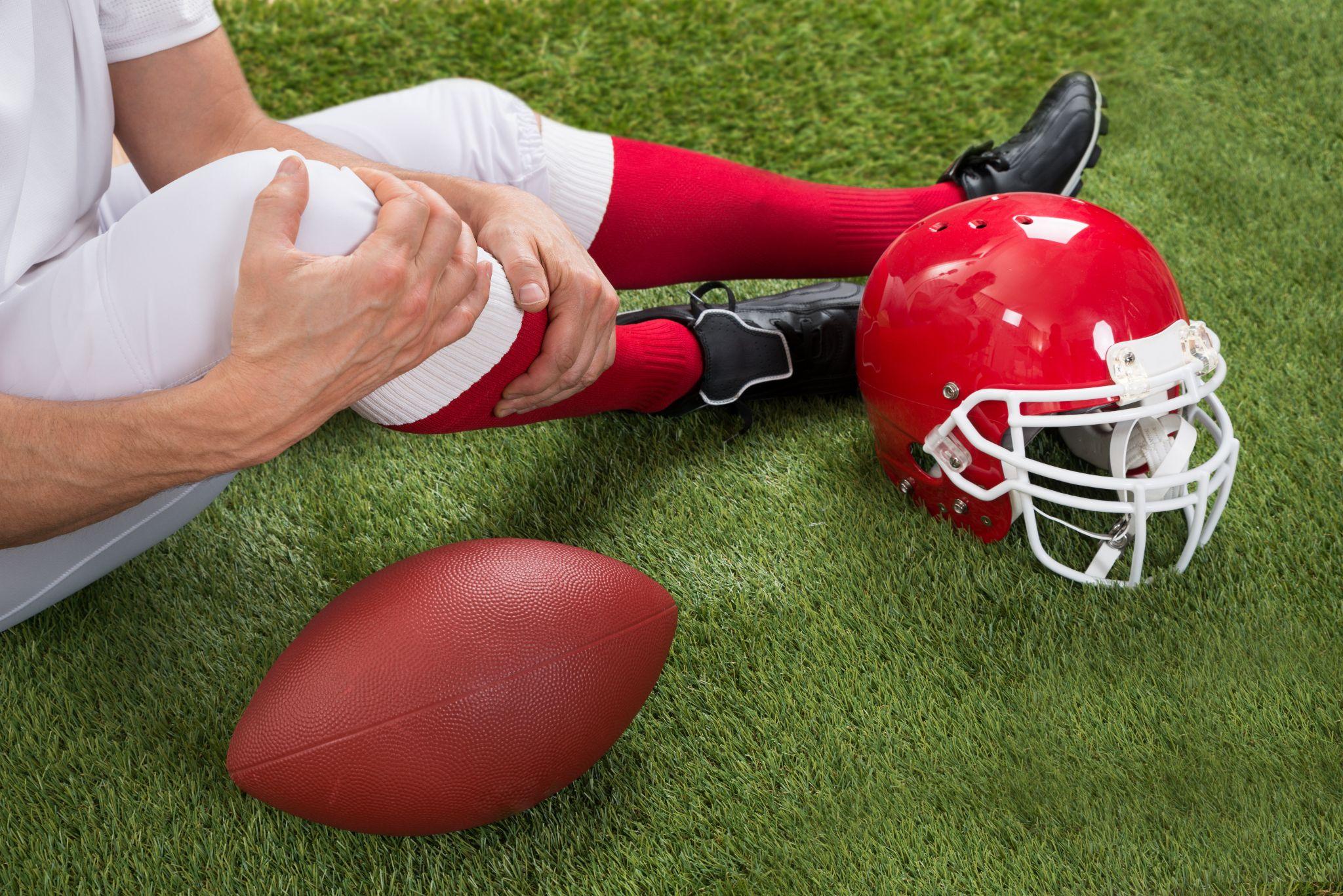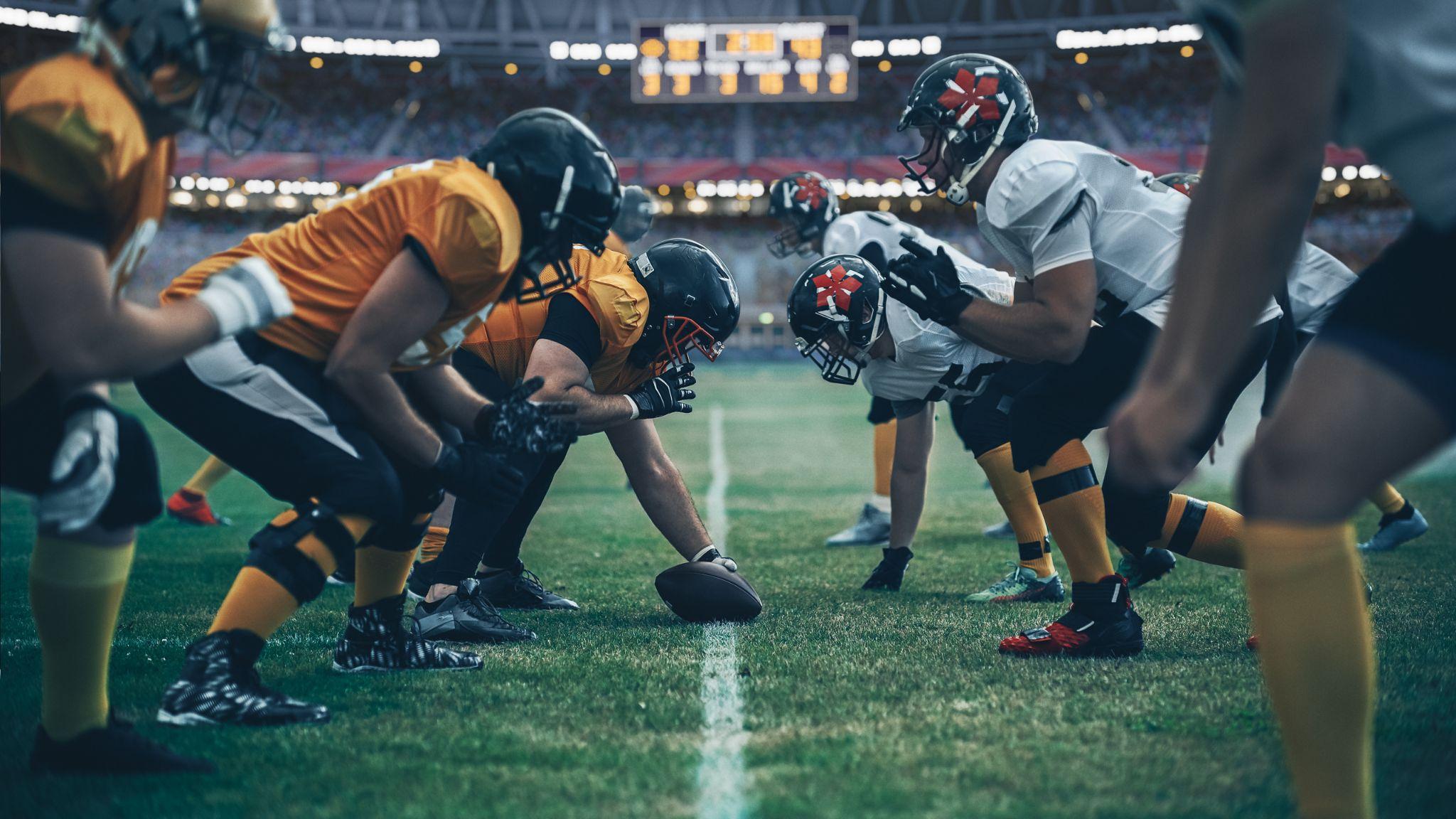The National Football League (NFL) represents the pinnacle of professional American football, a sport revered and celebrated by millions. However, beneath the glitz and glamor of touchdowns and trophies lies a less-discussed aspect of this high-stakes world: drug use.
While the NFL has stringent policies regarding substance abuse, the pressures faced by professional athletes can sometimes lead to the use of performance-enhancing drugs (PEDs) or substances for pain management and recreational purposes.
At Lumina Recovery, we hope to inform athletes and their loved ones about the nature of drug use in the NFL, its implications, and the ongoing efforts to address this complex issue.
Types of Drugs Commonly Used
A large number of NFL players have been known for using various types of performance-enhancing drugs (PEDs), each serving different purposes. Among the most notable are anabolic steroids and human growth hormones (HGH).
Anabolic steroids are synthetic substances similar to the male hormone testosterone. They are used primarily to increase muscle mass and strength, which can be particularly advantageous in a physically demanding sport like football.
These steroids can also aid in faster recovery from injuries, allowing players to return to the field sooner. However, their use carries significant health risks and is banned in professional sports, including the NFL.
Human growth hormones (HGH), another type of PED, are also prevalent in the sports world. HGH naturally occurs in the body and plays a key role in growth and cell regeneration. When used artificially, it can enhance muscle growth and promote quicker recovery from injuries, much like anabolic steroids.
Athletes may find HGH appealing for its potential to improve physical performance and reduce recovery time after strenuous activities. Nonetheless, the use of HGH without a medical prescription is illegal in the United States and is strictly prohibited by the NFL and other major sports organizations.
Another common type of drug use pertains to painkillers. Given the physically demanding nature of football, opioids and other pain management drugs are often used by players to deal with injuries and the constant wear and tear of their bodies.
Additionally, there is the use of recreational drugs, like marijuana. Despite the changing legal landscape regarding marijuana use, its place in the NFL remains a contentious topic, with debates over its use for pain management and as a safer alternative to opioids.
Reasons Behind Drug Use
In this high-stakes arena, drug use in the NFL is more complex than it might appear at first glance. While the league has strict policies against substance abuse, various factors contribute to why players might turn to drugs. Here is a list of key factors that shed light on why drug use occurs in the NFL:
- Performance Enhancement: Athletes often turn to performance-enhancing drugs (PEDs) like anabolic steroids and human growth hormones to improve strength, speed, and endurance.
- Injury Recovery and Pain Management: To cope with injuries and the physical demands of the sport, players may use painkillers, including opioids, and other prescription drugs that can aid in quicker recovery.
- Pressure to Compete and Succeed: The high-pressure environment of professional football, where performance directly impacts career longevity and success, can drive players to use drugs that they believe will enhance their performance. To get through training camps and the Super Bowl, players face a lot of pressure.
- Stress and Mental Health Challenges: Players might use drugs or alcohol as a way to cope with stress, anxiety, depression, or other mental health issues.
- Peer Influence and Cultural Factors: The influence of teammates or a culture within certain teams that tolerates or encourages drug use can contribute to players deciding to use drugs.
- Managing Chronic Pain: The physically demanding nature of football often leads to chronic pain issues, especially for offensive linemen, leading some players to use pain management drugs regularly.
- Lack of Awareness or Misinformation: Players might not be fully aware of the dangers of certain drugs or might be misinformed about their effects and legality.
- Attempting to Prolong Career: Older players or those recovering from injury might use drugs to help maintain their performance levels and prolong their careers.
- Recreational Use and Experimentation: Like many individuals, some players may use drugs recreationally or out of curiosity or experimentation.
- Escaping Pressure or Reality: Use of drugs as a form of escapism from the intense pressures of professional sports or personal issues.
- Substance Dependency and Addiction: What might start as a one-time use can develop into dependency and addiction due to the addictive nature of certain substances.
The NFL’s Drug Policy

The NFL has implemented a comprehensive drug policy to tackle the issue of substance abuse within the league. This policy includes regular and stringent drug testing as well as random tests to deter and detect the use of banned substances. Players whose test results come back positive for prohibited drugs face serious consequences, including game suspensions and fines.
This strict approach reflects the league’s commitment to maintaining fair play and the health of its players. Moreover, the NFL’s policy has evolved over time. For instance, recent years have witnessed a shift in the league’s stance on marijuana, mirroring broader societal changes and the ongoing debate about its medicinal benefits. This evolution indicates the NFL’s willingness to adapt its policies in line with new research and changing perspectives on drug use.
Impact on Players and the League
The implications of drug use in the NFL extend far beyond individual football players. They have significant ramifications for the league as a whole. For players, the health risks associated with drug use, particularly PEDs and painkillers, are a major concern. Long-term use of these substances can lead to a myriad of health issues, including hormonal imbalances, liver damage, and addiction.
Besides health risks, players caught using banned substances face career-threatening consequences. Penalties often include suspensions, fines, and in some cases, tarnishing of their professional reputation.
Drug scandals not only challenge the integrity of the sport but also affect the league’s public image. When high-profile players are implicated in drug use, it raises questions about the league’s commitment to fair play and player health, potentially eroding fan trust and support.
For example, Sam Hurd, a retired player from the Chicago Bears, was imprisoned in 2011 for cocaine trafficking, damaging his and his teammates’ reputations.
Learn More About Athletes and Addiction at Lumina Recovery
Drug use in the NFL is a multifaceted issue, interwoven with the physical and psychological demands of professional sports. While policies and penalties form one aspect of addressing this challenge, understanding the underlying causes and providing supportive pathways for players is equally important.
Lumina Recovery offers specialized programs for athletes and dual diagnosis care to help those struggling with addiction.
Reach out to our team today to learn more about our services.



